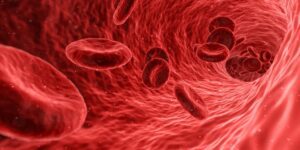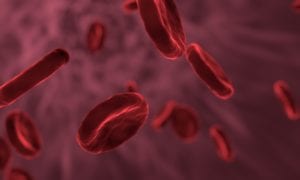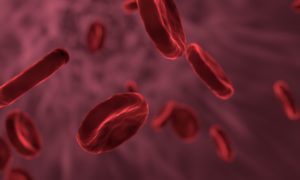Von Willebrand Disease (vWD)
What is von Willebrand disease (vWD)?
Named after the Finnish physician, Erik von Willebrand, who first described the condition in 1925, von Willebrand disease (vWD) is a bleeding disorder that affects the blood’s ability to clot. Although there is no cure for vWD, treatment can control symptoms and help avoid problems. People with vWD may bleed excessively and/or for a longer period of time because their blood doesn’t have enough of a protein called von Willebrand factor (VWF), or that protein doesn’t function as it usually does. VWF serves two main functions, it:- Acts as a glue to hold platelets together (in the form of a clot) to seal a hole in a blood vessel
- Carries the essential blood-clotting factor, called factor VIII, in the bloodstream
- Type 1: the mildest and most common (75% of people with vWD have this type), characterized by lower than normal levels of VWF
- Type 2: medium level of severity, the amount of von Willebrand factor in the blood is often normal but it doesn’t work properly
- There are 4 subtypes of type 2 von Willebrand disease, and it is important to get an exact diagnosis because treatment differs between them:
- Type 2A: the most common subtype, it typically involves normal amounts of the VWF protein, but there’s a defect in that protein that keeps blood platelets from binding together well
- Type 2B: the second most common subtype, it is characterized by VWF binding to platelets in the bloodstream instead of at the site of the injury to the blood vessel. Large bundles of platelets are removed from the body’s circulation, which can cause thrombocytopenia, a shortage of platelets
- Type 2N: much rarer subtype, VWF works normally with platelets, and the platelets clot at the injury site, but they fail to transport factor VIII into blood circulation, resulting in an overall VWF deficiency that can be mistaken for hemophilia A
- Type 3: the most severe and rarest form, people with type 3 vWD have very little to no VWF in their blood
- There are 4 subtypes of type 2 von Willebrand disease, and it is important to get an exact diagnosis because treatment differs between them:
What causes von Willebrand disease (vWD)?
Most people who have vWD are born with it (cases of acquired vWD are rare) because it is a hereditary disorder. More than 300 mutations in the VWF gene can cause von Willebrand disease.What are the symptoms of von Willebrand disease (vWD)?
In many cases, the symptoms of vWD are absent or so mild they aren’t recognized as symptoms. This can make diagnosing vWD very difficult. Abnormal bleeding is the most common symptom, and it may present as:- Frequent, long-lasting and heavy nosebleeds that are hard to stop
- Bleeding from the gums
- Increased/longer menstrual flow
- Excessive bleeding from a cut or following a tooth extraction or other dental procedure
- Blood in stools or urine
- Long-lasting bleeding from shaving with a razor or other similarly minor injury
How do people inherit von Willebrand disease (vWD)?
Von Willebrand disease can be passed from a parent who had the gene mutation or it can occur when one of a baby’s genes develops a vWD mutation. Most cases of type 1 and 2 vWD are inherited in an autosomal dominant pattern, meaning it only takes one copy of the altered gene to cause vWD. The rarer, type 3 form of vWD is autosomal recessive, which means both parents would have to pass on this gene for their offspring to get the disease.Where can I find more information about von Willebrand disease (vWD)?
Von Willebrand Disease (vWD) Articles

First Participant Dosed in Phase 1 Study Evaluating VGA039 for VWD
Jessica Lynn
April 26, 2023
Read More »

ICYMI: VGA039, a First-in-Class Antibody Therapy for VWD, Launched at ASH Annual Meeting
Jessica Lynn
January 9, 2023
Read More »

CSL Behring to Donate Coagulation Factor Therapy to WFH Humanitarian Aid Program
Jessica Lynn
May 17, 2022
Read More »


The National Hemophilia Foundation Is Highlighting Bleeding Disorders Awareness Month with New Campaign
Alyssa Stevens
March 8, 2022
Read More »









